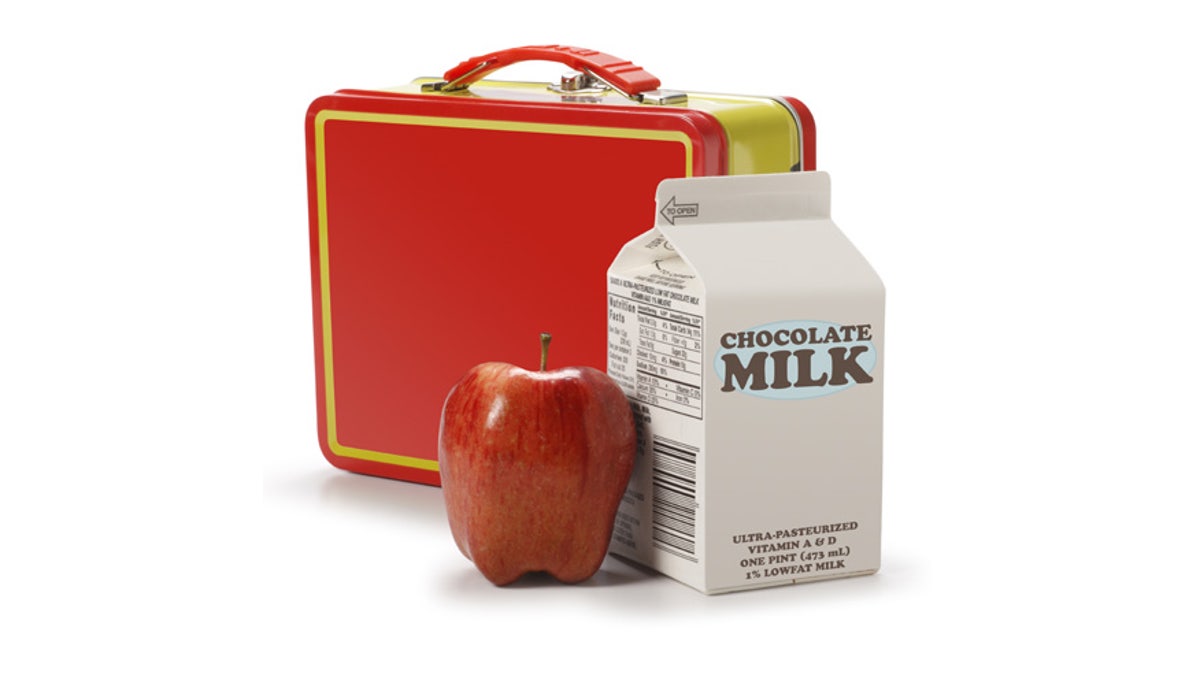It turns out that there have been such great changes in the past 100 years.
Each country’s school lunches have their own characteristics and are often mainly based on local foods. School lunches in China are actually cafeteria dishes. There are also differences in various regions, and evaluations of these lunches are mixed. So, on the other side of the ocean in the United States, what are school lunches like? Why are more and more people now complaining about American school lunches? Today, let’s talk about the evolution of American school lunches over the past century!
The era without school cafeterias
Before the 20th century, most children lived near the school and could go home for lunch. During that period, lunch was considered the main meal of the day and a meal that could not be skipped. Children living in distant or rural areas would bring a cold lunch or a group of people would cook a pot of stew with the school’s kettle and then eat it together. At that time, there was no school cafeteria, so students ate lunch at their desks.

However, with the development of industry and commerce, more and more housewives went out to work, and parents also began to work far from home. Therefore, more and more children could only eat at school. This led to an increasing demand for school lunches among American students.
Boston and Philadelphia first implemented school lunch programs
With the support and funding of organizations such as the Women’s Education and Industrial Union, since 1894, Philadelphia has begun to provide students with hot meals called “penny lunches”, including hot soup and biscuits. In 1910, the Department of Home Economics was established, and the Boston Women’s Vocational School provided more elaborate lunches for students in need of lunch. The lunch included celery soup with croutons, stuffed tomatoes, apple muffins, and baked beans with black bread. The lunch was prepared by female students taking home economics or home economics science courses at the school. This is a valuable practice for both parties. The Boston project was successful and eventually achieved the goal of one kitchen supplying lunches to eight local schools. These home economics classes became the driving force behind Boston’s school lunch program, providing hot meals for elementary schools three days a week when there were home economics classes. When there were no home economics classes, sandwiches and milk were provided.
Local volunteer organizations carry out school lunch programs for a long time
The supply of school lunches depends on the support of volunteer organizations, including the Women’s Education and Industrial Union and the New York School Lunch Committee. This means that the school lunch program depends on the available volunteer resources in the local area, rather than support at the federal or state level. In Pinellas County, Florida, school lunches are public stews made with ingredients donated by parents. In New York, lunches usually include pea soup, lentils or rice and a slice of bread. Desserts and side dishes require additional payment, such as rice pudding, stewed fruits or apple preserves. In rural areas of Wisconsin, students would bring jars filled with foods such as pasta, soup or cocoa, and the teacher would put them in a bucket and then heat them above the stove that warmed the classroom. Although more than 40 cities across the United States were trying to establish lunch programs at that time, due to lack of national support and arrangements, these programs could only rely on resources in various regions. Therefore, these school lunches are diverse and may not necessarily be nutritious enough. If you want to provide nutritious hot meals, you still have to rely on home economics teachers and students.
The Great Depression played a certain role in changing school lunches
The economic depression from 1929 to 1941 caused serious damage to all aspects of the American economy. Of course, it also had a significant impact on the American food system. From the popularity of convenience foods to meatloaf, many important food trends originated from the lack of resources and funds at that time, including American school lunches. If you want to support the war, then people’s nutrition must keep up. If you are malnourished, then soldiers cannot join the army – and students are potential soldiers. Therefore, the United States has formulated the Recommended Daily Allowance (RDA) to guide school lunch work. In order to promote the agricultural industry and support farmers affected by the Great Depression, the US government also launched an initiative. The Ministry of Agriculture proposed to purchase any surplus crops or products that farmers could not sell, including meat and dairy products. Many of these materials later became resources for the school lunch program.